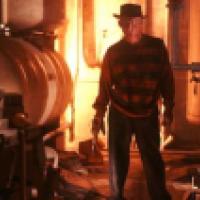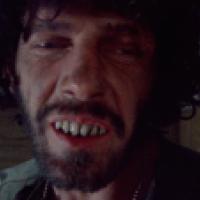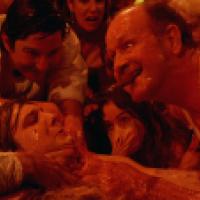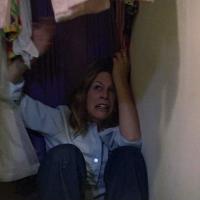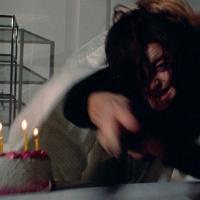Film series: The American Nightmare
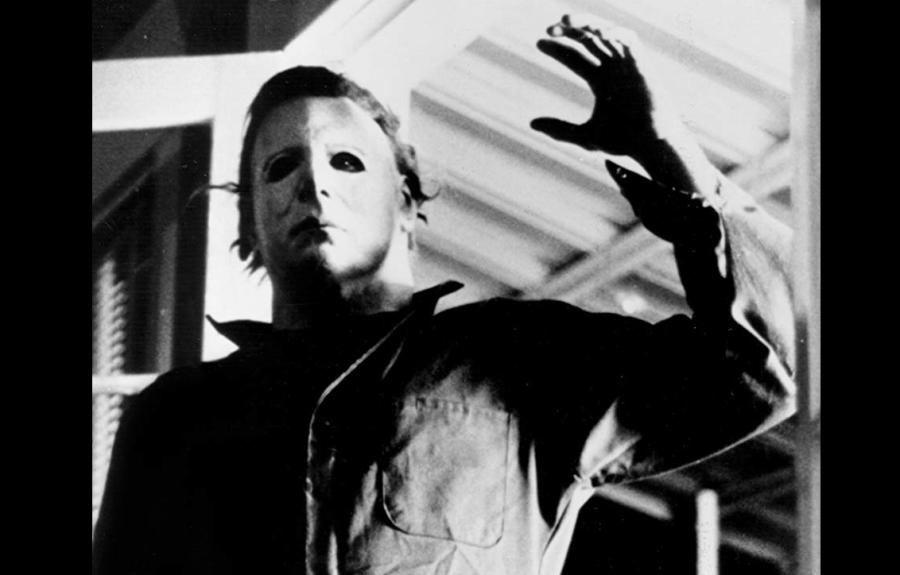
Film theorist Robin Wood — who was among the first to consider horror a genre worthy of scholarly inquiry — proposed a simple formula for how horror films work: “Normality is threatened by the monster.” Horror takes shape in the relationship between normality and the monster, and, in the classic horror film, the monster is vanquished, and normality is restored. In Wood’s view, the "monster" is typically a foreign force or unknown other, symbolic of collective Freudian psycho-social repression, and the most dominant representation of "normality" is the nuclear family and the implicit values it represents.
In his 1986 essay “The American Nightmare,” however, Wood identifies an important shift in the horror genre in the 1970s: the monster has become both American and familial. The film at the center of Wood’s analysis is Tobe Hooper’s Texas Chainsaw Massacre (1974), in which a family of cannibals called the Sawyers mercilessly terrorize a group of unsuspecting teenagers who mistakenly stop at their home. Rather than the safe equilibrium to which the film is meant to return, the nuclear family itself becomes monstrous, a driving force of the nightmarish death and destruction on screen.
What is additionally chilling is that this family is also distinctly American, identified as disenfranchised former slaughterhouse workers in a post-industrial town south Texas, now applying their skills to terrorizing teen passersby. The Sawyers can be viewed as products of American society — and, as Wood would argue — of the repressive heteronormative bourgeoise capitalist patriarchal values that implicitly underpin it. This begs a provocative question: is it possible to return to "normality" when the monster comes from within it?
This film series will explore the monstrous evolution of the American family across a selection of horror films from the 1970s and 1980s. The series will begin with Wes Craven’s The Hills Have Eyes (1977) and Brian de Palma’s chilling Sisters (1974). It will then trace how this idea evolves in the late ‘70s and early ‘80s with monsters like Halloween’s Michael Myers, Nightmare on Elm Street’s Freddy Kreuger, and Friday the 13th’s Jason Voorhees, whose existence seems to render a return to normality impossible. It will conclude with Brian Yuzna’s body horror Society (1989), a clunky, schlock-fest that offers a nihilistic view of the upper-class family and capitalist consumption.
For more, see Robin Wood, Robin Wood on the Horror Film: Collected Essays and Reviews, edited by Barry Keith Grant, Wayne State University Press, 2018.
Special thanks to Victoria Serafini, Tina Coyne, and Cameron Mumford for their contributions to this series.
Note: Unfortunately, it was not possible to include Hooper’s Texas Chainsaw Massacre (1974) in this series. We apologize for any disappointment.

